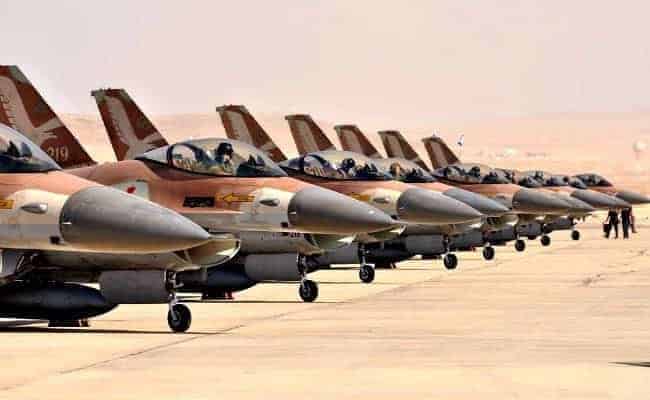Air raids were one of the military strategies that were used to attack enemies using fighter planes which would drop bombs and blow buildings apart. This task was perhaps the most dangerous and terrifying mission during the times of war. However, many brave aviators risked their lives and conducted daring raids against insane odds. This post covers ten of the most daring raids to ever been conducted in history, the story behind the raids and the crews who flew the military planes.
10. The Cuxhaven Raid

On Christmas day of 1914, the British Royal Navy conducted an air raid against the German fleet at Cuxhaven. This day, a Truce took place on parts of the Western Front, but it was by no means universal; many British and German sailors spent the day at sea fighting.
During the early stages of the war, the Germans had built giant airships called Zeppelins which had intimidated the British. They were fast than the fighter planes of that time and the Germans flew and roamed with them over the UK airspace unmolested. Also, the Germans had built large storage sheds for the Zeppelins, and they became impenetrable when the British attacked. With all these looming their mind, the British hatched a plan which involved using nine Royal Naval Air Service seaplanes to find and bomb the German airship shed near Cuxhaven.
On the day of the raid, the Harwich Force escorted three seaplane carriers (Engadine, Riviera, and Empress) to a position twelve miles due west of Heligoland, which was considered to be a suitable position to commence operations. While the fog, low cloud, and anti-aircraft fire prevented the raid from being a complete success, one of the British airplanes found the German fleet – and promptly flew off after the German warships opened up on it. The second airplane sighted and attacked a German destroyer while the third spotted the German cruisers Stralsund and Graudenz. Several German sites were attacked, and the British planes returned unmolested. The raid became a turning point to military tactics, and the British proved that shipborne air strikes were possible.

